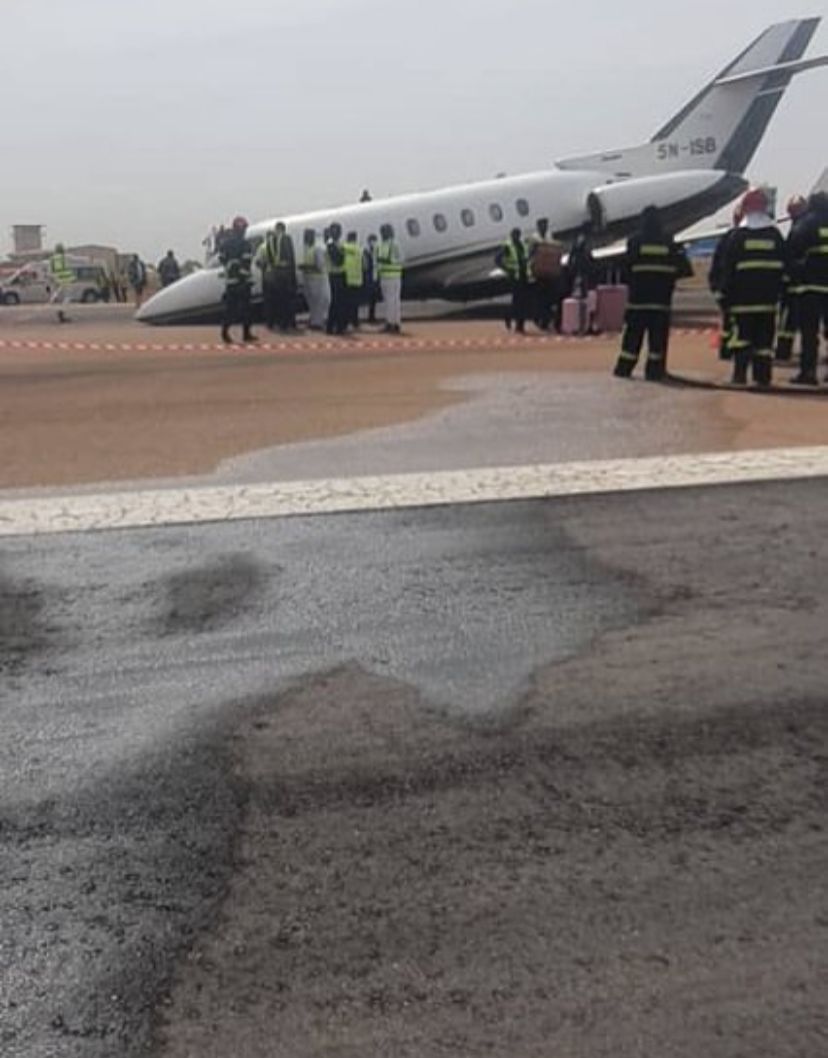Trending
Police begin investigation as inspector allegedly k!lls popular musician in Enugu

A male Police Inspector serving in the Anti-Cultism Tactical Squad of the Enugu State Police Command has been arrested and detained over the alleged m#rder of a male traditional Ogene musician, Okezie Chikezie Mba, popularly known as Igbo-Jah. The incident occurred around 8p.m. on October 25, 2024, at the Tactical Squad’s Headquarters.
A statement released by the command’s spokesperson, DSP Daniel Ndukwe, says the musician was reportedly leaving the Squad’s Headquarters after a friendly visit when, for reasons yet to be ascertained, the police officer fired his rifle, hitting the victim. The musician was immediately rushed to the hospital, where he was confirmed de@d by the attending doctor. Ndukwe said his body has been deposited in the mortuary for preservation and autopsy.
The command’s spokesperson added that the state Commissioner of Police, CP Kanayo Uzuegbu, has ordered the Deputy Commissioner of Police in charge of the State CID to conduct a full-scale investigation that will facilitate prompt and appropriate disciplinary actions against the police officer.
The Commissioner empathises and consoles the victim’s family, friends, and associates, describing the unfortunate incident as unacceptable. He assures that the police officer and anyone else found culpable will be sanctioned in line with the law to serve as a deterrent.
Trending
Female Student Missing For 8 Days Found Chilling At Boyfriend’s House

A fresh controversy erupted online after a female student, missing for eight days, was found at her boyfriend’s house.
Details of the incident were shared by a classmate of the lady, identified as @folaaaa on X (formerly Twitter).
According to @folaaaa, her classmate’s parents are of age, and the father disclosed that he is currently 70 years old.
Prior to her being found, her last WhatsApp activity was on Monday, December 8, 2025.
Read Tweet Below…..
My coursemate was reported missing by her parents yesterday. They said they could not reach her for like 8 days. We did our research she was last seen online on Monday. They sha did perfect investigation with the oga olopa and they found out she was with her man”.
Meanwhile, the tweet which has garned over 400,000 views has been flooded with reactions from X users.
Dam Dam stated, “Dem suppose arrest Her and her man. Make dem sleep inside cell for a week. Imagine giving your parents so much headache and eventually you are with a man,at least call them and let them know you are safe wherever you are”.
PP the art, “The number of people that had shared and reshared “missing girl” on my WhatsApp cl was crazy. my friend was telling me this just now and i was so shocked”.
Jimmy, “Same thing happened in my department while i was in year 1,fliers were made they even interrogated her male friends.these went on for the whole of the semester only to find out she reads the class group messages and sees the missing fliers. She then later said she’s with her man”.
Bhetty, “She went to see a man and she didn’t take her parents’ call?Make she sleep cell for 3 days”.
See below…..

Trending
“It took me getting married and giving birth to realise marriage benefits men more” — Woman shares emotional thoughts

A woman has stirred serious conversations online after opening up about how marriage and motherhood changed her perspective on life.
In a heartfelt reflection, she said it was only after getting married and giving birth that she began questioning who marriage truly benefits.
According to her, women often carry the heavier load — emotionally, physically, and mentally.
She explained that marriage can make women feel like tools, responsible for cooking, cleaning, caring for the home, and even contributing financially, while still bearing the full weight of pregnancy, childbirth, and childcare.
She questioned why something described as a “blessing” should come with so much pain, stress, sleepless nights, and emotional strain for women.
In her words, childbirth comes with intense pain, followed by years of responsibility that largely fall on the woman, while many men continue life almost unchanged.
She admitted she never strongly pushed for marriage herself and only went along with it after family pressure. It was the lived experience — not theory — that opened her eyes.
While she made it clear that she loves her son deeply and finds joy in him, she said motherhood also forced her to confront uncomfortable truths about expectations placed on women.
📹: TT/mummychika1
https://www.instagram.com/reel/DSP0XSnjAvd/?igsh=MTd3ZzdlbWI0dHV1Nw==
Trending
Private jet crash lands at Kano airport

A jet operated by Flybird Airlines has crash-landed at the Mallam Aminu Kano International Airport (MAKIA), Kano, causing panic among airport users and sending shockwaves through the aviation community.
An eyewitness stated that the aircraft, which arrived from Abuja, was carrying 11 occupants, including three crew members, when the incident occurred at about 9:30 a.m. on Sunday, December 14, 2025.
According to the accounts, the jet experienced difficulties on landing and crash-landed on the runway, leading to tense moments as passengers were quickly evacuated from the aircraft.
All occupants were safely evacuated, with no immediate reports of injuries or casualties.
Airport authorities were said to have promptly secured the scene, while emergency response teams were deployed to prevent further danger and ensure the safety of passengers and airport personnel.
Operations around the affected area were temporarily restricted as officials began preliminary assessments.
As of the time of filing this report, the cause of the crash-landing had not been officially determined, while aviation authorities were expected to commence a full investigation into the incident.
https://www.instagram.com/p/DSP6bFqjC2v/?igsh=MWQ1bmk0NTI2Zng2
-
Business1 year ago
US court acquits Air Peace boss, slams Mayfield $4000 fine
-

 Trending1 year ago
Trending1 year agoNYA demands release of ‘abducted’ Imo chairman, preaches good governance
-

 Politics1 year ago
Politics1 year agoMexico’s new president causes concern just weeks before the US elections
-

 Politics1 year ago
Politics1 year agoPutin invites 20 world leaders
-

 Politics1 year ago
Politics1 year agoRussia bans imports of agro-products from Kazakhstan after refusal to join BRICS
-
Entertainment1 year ago
Bobrisky falls ill in police custody, rushed to hospital
-
Entertainment1 year ago
Bobrisky transferred from Immigration to FCID, spends night behind bars
-
Education1 year ago
GOVERNOR FUBARA APPOINTS COUNCIL MEMBERS FOR KEN SARO-WIWA POLYTECHNIC BORI













